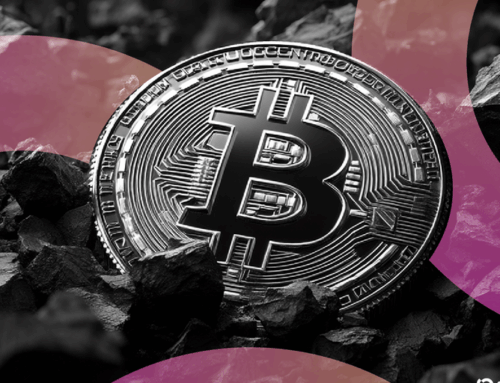Our Power, Our Planet: Earth Day’s Focus On Climate Change And Energy
May 7, 2025
On April 22, 2025, the world celebrated the 55th anniversary of Earth Day and this year’s theme was “Our Power, Our Planet.” With the planet facing record-breaking heatwaves, biodiversity loss, and rising sea levels, the need to transition from fossil fuels to renewable energy has never been more urgent.
According to the United Nations Intergovernmental Panel on Climate Change , human-induced climate change is accelerating, with the world on track to surpass the critical 1.5°C warming threshold as early as the 2030s. Furthermore a United Nations reported indicated that fossil fuel combustion accounts for over 75% of global greenhouse gas emissions, making decarbonizing our energy systems the most impactful step we can take. However hope lies in our natural resources — the sun, the wind, and the Earth itself.
The Power Problem: Fossil Fuels Are Warming The Planet
Globally, fossil fuels still dominate electricity generation, with coal, oil, and natural gas accounting for roughly 60% of the mix, according to the International Energy Agency. These fuels release approximately 34 billion of tons of CO₂ annually based on a recent World Nuclear Association report. Beyond emissions, fossil fuel extraction and consumption pollute air and water, harm ecosystems, and pose serious health risks according to International Journal of Geography, Geology and Environment. Furthermore, as the global energy demand continues to rise, especially in emerging economies which have very limited energy security, which makes the fossil fuel dependency a ticking time bomb. Advances in clean energy have transformed renewable alternatives from a distant ideal into an urgent necessity—not only for countries grappling with energy security, but also for high-emitting nations whose fossil fuel dependence accelerates climate impacts like sea level rise and the disappearance of island nations.
The Power Solution: Renewable Energy As A Climate Ally
Renewable energy is derived from natural processes that are constantly replenished and offers a scalable solution. The International Energy Agency highlighted that, renewables accounted for 30% of global electricity generation in 2023. Moreover, that share is growing with solar and wind are leading the charge especially seeing that solar PV costs have fallen by 90% over the past decade based on Our World in Data 2024 report.
Furthermore, renewable energy deployment is not only a positive move for the environment but it is also an economic booster. IRENA reports that the renewable energy sector employed 16.2 million people globally in 2024, and could generate up to 38 million jobs by 2030 and 43 million jobs by 2050.
The Power Evolution: Technology Driving The Progress
Today’s renewables are not the intermittent, expensive options they once were due to technological advances in energy storage, smart grids, and artificial intelligence. The development in technology has revolutionized how we produce, store, and distribute clean energy. In 2024, utility-scale battery storage in the U.S. surpassed 26 GW, even though it represented just 2% of the nation’s total 1,230 GW electricity generation capacity. Looking ahead, 2025 is projected to mark a record year, with plans underway to add nearly 20 GW more, according to early inventory data. In countries like Jamaica, which has committed to a 50% renewable electricity target by 2030, solar and wind installations will reshape the grid and BESS are essential for their integration. The Caribbean’s abundant sunlight and strong winds provide a natural advantage, one that could serve as a blueprint for other small island developing states.
The Way Forward: Accelerating The Renewable Energy Transition
While progress is encouraging, we must act faster. The IEA estimates that to keep global warming below 1.5°C, annual clean energy investments need to rise to $4.5 trillion by 2030. Policy reform, private sector mobilization, and international collaboration will be key. Earth Day 2025 marked 55 years of global climate awareness, but this year’s message was urgent as time is running out. Fossil fuels remain the top driver of climate change, and the world is on track to pass the 1.5°C threshold by the 2030s. Yet hope lies in renewable energy, falling technology costs, and growing global momentum. Clean energy is no longer optional; it is essential for climate action, economic growth, and energy security. Earth Day was a powerful reminder that the solutions are here.
Search
RECENT PRESS RELEASES
Related Post



